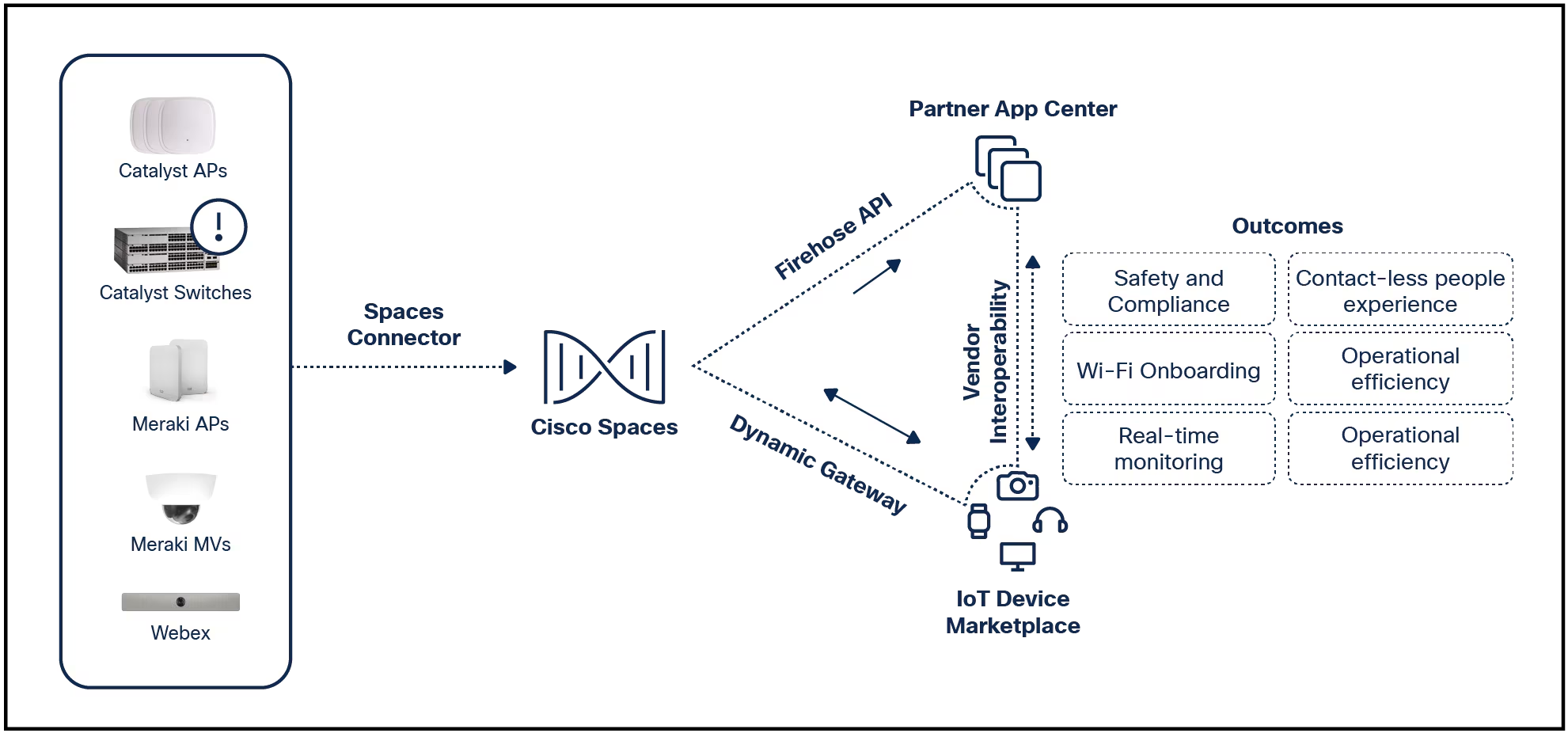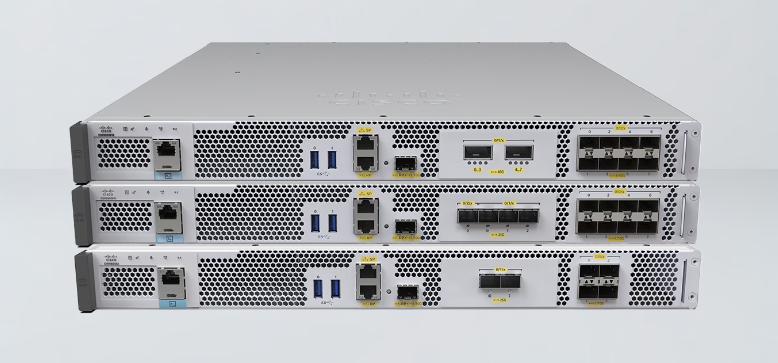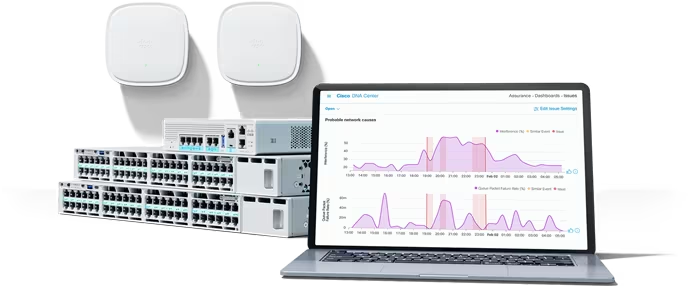
































Accenture Technology Vision 2023 - When Atoms meet Bits
Accenture Technology Vision 2023 ReportEvery business is a digital business. Yet Accenture shows that only 8% of companies are adopting a strategy of total enterprise reinvention.
In the Accenture Technology Vision 2023 Report, researchers examine the movement from the physical to digital world. The report found 96% of executives agree that the convergence of digital and physical worlds over the next decade will transform their industry. And given how disconnected and disjointed our digital and physical worlds can feel, it's no wonder that the next decade of innovative efforts is starting to be defined by how we fuse the two together. An example of this fusion includes the growing trend of cobots (collaborative robots), a market that is set to expand to$16.3 billion by 2028.
Also: ChatGPT's intelligence is zero, but it's a revolution in usefulness, says AI expert
Accenture's 2023 Technology Vision explores the technology trends driving this new reality, and the steps enterprises will need to take to thrive in it. The four technology trends of 2023 are:
Accenture Technology Vision 2023 Report
The focus of this article will be a deep dive in the Generalizing AI technology trend. Here's a deeper look of the key takeaways of radical edges and possibilities of intelligence.
Also: How to use ChatGPT to write Excel formulas
The wave of AI-generated content is so advanced -- and moving so quickly -- it is now part of one of the biggest step changes in the history of AI: the introduction of pretrained models with remarkable task adaptability, which will revolutionize how and where enterprises across industries use AI.
The report notes:
It began with a landmark innovation in AI model architecture by Google researchers in 2017. Since then, tech companies and researchers have been supersizing AI, increasing the size of models by 10,000 times and the size of training sets too. The result: powerful, pretrained models, often called "foundation models," that offer unprecedented adaptability within the domains they're trained on, be it language, images, or the structure of proteins. With this adaptability, foundation models can complete a wide variety of tasks without needing task-specific training. What's more, companies building foundation models are giving third parties access through APIs or by open sourcing them, putting these advanced models in anyone's hands.
Accenture research reveals that 96% of global executives are either very or extremely inspired by the new capabilities offered by AI foundation models.
A new category of AI -- In an effort to define this new class of AI, researchers from the Stanford Institute for Human-Centered Artificial Intelligence coined the term "foundation model" in August 2021.They generally defined them as large AI models trained on a vast quantity of data with significant downstream task adaptability.
Also: The best AI chatbots to try
In practice today, these models typically leverage transformer machine learning models and have a massive number of parameters -- ranging from hundreds of millions to trillions. What makes them so game changing, is that they're broadly trained across a data modality (or multiple modalities like language and image), rather than on a specific task, and can learn to complete new tasks within these data types with minimal or no extra training. In other words, they have generalist capabilities within their domains.
Timeline - Generalizing AI
Accenture Technology Vision 2023 ReportFoundation model workings and advancements -- One of the newest classes of AI models, transformers are neural networks that identify and track relationships in sequential data (like the words in a sentence), to learn how they depend on and influence each other.
Stanford's 2022 Artificial Intelligence Index Report found a significant uptick in the annual number of global AI publications since 2017. According to CB Insights, 2022 saw record investments in generative AI startups, with$2.6 billion in funding across 110 deals. The research found that 97% of global executives agree AI foundation models will enable connections across data types, revolutionizing where and how AI is used.
Also: How ChatGPT works
To truly understand the impact foundation models will have on their industries and businesses, companies need to carefully track new developments. The amount of compute needed to train the largest AI models has grown exponentially -- now doubling anywhere from every 10 months to every 3.4 months, according to various reports.
The business implications of AI-generated content. The question now for businesses shouldn't be whether these models will impact their industry, but how. Foundation models are widely adaptable and could technically be used for a wide variety of tasks --so the decisions companies make around where and how to deploy them, what problems to attempt to solve with them, and what problems to address with different technologies, are where competitive differentiation will be found.
Also: How to use ChatGPT to write Excel formulas
An example of how foundation models are changing human-AI interaction is by transforming how work is done. Google used a foundation model to develop a code completion tool, which over 10,000 engineers tested for a three-month period.204 The results showed that coding iteration time was reduced by 6%.
From building AI to building with AI. Large tech companies and research organizations that have built pretrained foundation models are starting to position them as platforms to underpin new AI applications. They are making foundation models available via open-source channels or via paid access through APIs -- meaning that downstream organizations don't need to build their own foundation models but can focus on building on top of existing ones.
Also: How to use ChatGPT to write code
Foundation models are shifting conversations from "How do I build my own AI?" to "What can I build with AI?" In fact, 98% of global executives agree AI foundation models will play an important role in their organizations' strategies in the next 3 to 5 years. Eventually, AI operations will shift from building models to building on top of models.
An AI-led transformation in work and life - As businesses narrow down where to use foundation models, they next need to decide how they will access these models and where they will sit in the foundation model ecosystem. For instance, another layer of the ecosystem will be companies that access foundation models via APIs or model repositories and build on them to create their own applications and services.
A talent strategy will need to be defined and adjusted continuously. Whether it means training every employee on foundation model capabilities, or creating teams dedicated to integrating these models into different parts of the business, bringing your wider organization into this new era of AI is critical.
Also: How to use ChatGPT to summarize a book, article, or research paper
The Accenture Technology Vision 2023 Report concludes with the following: "The arrival of foundation models is one of the biggest step changes in AI history -- and no enterprise can ignore them. These supersized models, with unprecedented adaptability to new tasks, are forcing enterprises to rethink their AI strategies -- from how they access AI to what applications are even possible."
Companies are able to use these foundation models now. This landscape is changing fast and opportunities will continue to grow rapidly. AI is the electricity of the 21st century -- ignore it and your business will be left in the dark.
You can learn more about the Accenture Technology Vision 2023 Report here.
 Hot Tags :
Innovation
Hot Tags :
Innovation